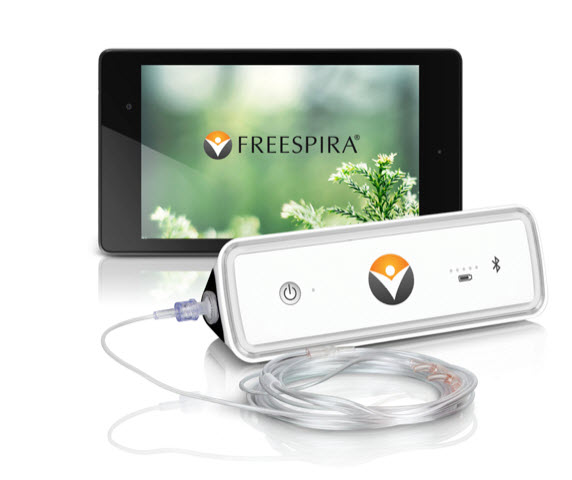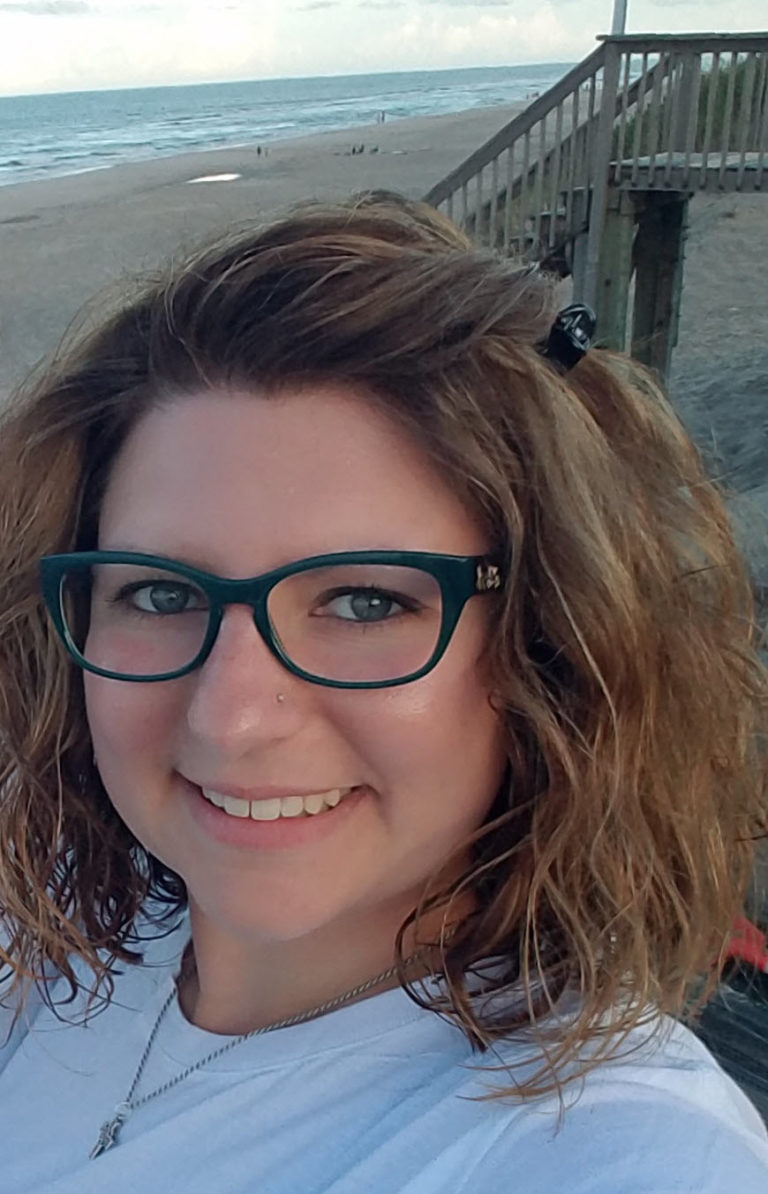To an outsider, Jamie Kwolek’s life might have seemed enviable.
It was 2015. At her job she was enjoying a well-deserved promotion. And when she returned home in the evening, her 15-month-old son, Reese, was waiting for her.
Both were sources of immense pride. But invisibly something darker was taking shape. After weaning Reese from breastfeeding, Jamie started experiencing physical changes that weighed heavily on her mind. And at work, her new position exposed her to inescapable pressures — higher expectations, new responsibilities, and more demands on her time.
The mounting stress was about to have a profound impact on her life.
“I was in a very high-pressure meeting at work,” she recalled. “I was looking at everyone around the conference room. Then everything went cloudy. I couldn’t see anyone.”
Jamie’s heart rate spiked. She grew short of breath. Her face went numb. Something was terribly wrong.
Jamie didn’t know it yet but she had just become one of the millions of Americans who suffer from panic attacks each year.

The basics of the Freespira Breathing System.
Unfortunately, it would take time — and several more panic attacks — before she got diagnosed and found a treatment that was effective for her: Freespira.
Like many patients who suffer from panic attacks, Jamie, along with her doctors, mistook her symptoms for something else at first. But hypoglycemia, thyroid, and anemia tests turned up nothing that explained why she continued to have attacks — and the uncertainty only made her feel worse.
Eventually, Jamie was diagnosed with anxiety after several months of worsening attacks but still felt little relief. In fact, while at the pharmacy to pick up her anti-anxiety medication, she started gasping for air and feeling faint.
“In my job, I always have to know how things work,” Jamie says. “So not recognizing what I was going through was always a part of the anxiety for me.”
“I have a fear of taking medications and their possible side effects,” she explains. “I knew I wanted to try everything I possibly could to stay off medication. I fully believed that these were things I needed to work through rather than cover up.”
Jamie was learning first-hand how panic attacks can trap patients in a self-perpetuating cycle of anxiety, fear, and pain. And it was carrying over from her office to her home, where even Reese asking for affection or throwing a tantrum could trigger an attack.
“It was the lowest point in my life,” she recalls. “I thought, 'What more could go wrong?'”
That’s when a Facebook ad alerted her to a new, medication-free therapy for panic attacks. Soon she was part of a quality improvement study for Freespira at Allegheny Health Network (AHN) — and feeling hopeful for the first time in months.
Freespira is an at-home therapy for panic that targets the physiological root of panic attacks: an abundance of carbon dioxide to the brain caused by hyperventilation, which can lead to dizziness, nausea, chest pains, and other frightening symptoms. The treatment — administered using a tablet computer and breathing sensor — teaches patients how to take shallow breaths using their lower abdominal muscles. It takes only one month to complete and is medication-free.
“Freespira retrains patients to breathe correctly,” explains Alicia Kaplan, MD, a psychiatrist with AHN. “They're learning how their bodies can feel differently if they breathe in a different way.”
They’re also learning that they’re in control of the body’s panic response — and not vice versa.
“It’s very empowering for patients to know they can help themselves,” Dr. Kaplan adds.

Jamie Kwolek, “taking time to relax” at the beach.
Jamie agrees. The twice-per-day, 17-minute breathing exercises provided her with a structure for, in her words, “forced relaxation.” And the feedback from the tablet alerted her in real time if she was exhaling too little CO2 — and how to adjust.
In just a month, Jamie had conditioned her body to respond naturally in panic situations.
“If I don’t have structure, I don’t do it,” she says. “Freespira made me accountable for taking time to relax every day, and that was what I needed. I was able to control myself from myself.”
Now, when she starts feeling anxious, Jamie uses the lower-abdominal, shallow breathing technique she learned using Freespira to keep her symptoms in check. She hasn’t had a full-blown panic attack since completing her treatment in spring 2017.
Not only is she free from panic, she’s now able to enjoy the sort of life she enjoyed before panic took over. This includes multiple trips to Florida with her family and watching her son play hockey — activities that she says would have been impossible before her Freespira treatment.
“I’ve always said I want to be able to deal with stress like a normal person would,” she says. “Now I know what stress is, I know it’s nothing more — and I know I can control it.”
Successful testing of Freespira through AHN and the Highmark Health VITAL Innovation program led Highmark’s health plan business to change its medical policy in 2018 and begin covering Freespira as a benefit for members ages 18-64.
If you experience intense anxiety and panic, speak with your doctor or therapist to see if Freespira is right for you. If you’re a Highmark member and would like to learn more about this covered treatment, visit the health plan’s dedicated panic-free page.